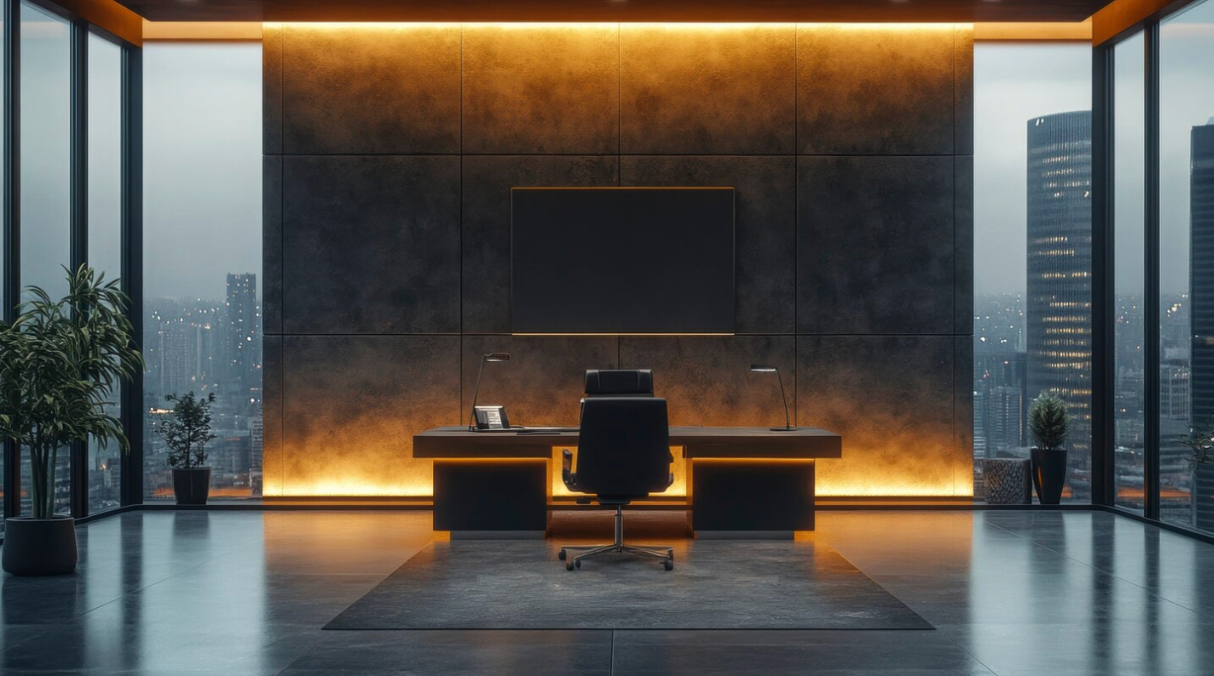
IP Ratings for LED Downlights: Where and When to Use?
Lighting selection is not as simple as picking the level of brightness or the color of the temperature. An IP rating is one of such factors that are most important and which cannot be ignored particularly in the installation of LED downlights in dusty or moist areas. Knowledge of the IP ratings helps you select lighting that is safe, long-lasting and appropriate where you need it: in your bathroom, kitchen, warehouse or garden.
This rundown will assist you to comprehend the significance of IP ratings and their use in LED downlights and also how to select appropriate IP-rated lighting led downlights depending on the setting.
What is an IP Rating?
IP is an abbreviation of Ingress Protection; a Roland grading scale of solids and liquid protection to electrical equipment, where the first digit is protection against solids and second against liquids. All IP ratings are defined by international standards (IEC 60529). It is put in the form of two digits:
- The first figure is protection against solids (such as dust or tools).
- The second is the protection against liquid (such as water or dew).
In the example, IP65-rated LED downlight implies that it is not only fully dust-tight (6) but also water-jets-proof (5) at any angle.
Why IP Rating Matters for LED Downlights
LED downlights are fitted on ceilings, and they are also likely to be exposed to dust, insects, moisture, and steam, among other places in certain locations, such as in bathrooms, outdoor environment, kitchen, or basements, among others.
An LED downlight having a poor IP rating installed in a high moisture region may yield:
- Short circuits or electrical hazards
- Degraded performance or dimming
- Reduced product lifespan
- Voided warranties
IP Rating Scale: Explained
Here is a quick breakdown of commonly used IP ratings and their meaning:
| IP Rating | Protection Against Solids | Protection Against Liquids | Use Case |
| IP20 | Basic protection from fingers | No protection from water | Dry indoor rooms like living rooms or bedrooms |
| IP44 | Protection from small tools and wires | Protected from water splashes | Bathrooms (zone 2), kitchens |
| IP54 | Dust-protected | Protection from light water spray | Covered outdoor or semi-moist areas |
| IP65 | Fully dust-tight | Protection from water jets | Showers, bathrooms (zone 1), exteriors |
| IP67 | Fully dust-tight | Protected from immersion in water up to 1 meter | Wet zones or outdoor installations |
| IP68 | Fully dust-tight | Continuous immersion in water | Pools, fountains, extreme wet areas |
Where and When to Use IP-Rated LED Downlights
1. Living Rooms, Bed Rooms, and Hallways (Indoors Dry Areas)
On dry areas where there is low probability of contact with water or dust, use downlights rated IP20 to IP33. These ratings are adequate enough to be used in general lighting or in ceiling mounted fixtures in which they are not exposed to the elements.
2. Kitchens and utility-rooms
Kitchens can be subjected to steam and the splashes. An IP 54 LED downlight can be used here, particularly older kitchens and sinks, countertops, or cooktops. Select a fixture that is not susceptible to being attacked by the steam.
3. Toilets and bathrooms
Toilets can be separated into various zones, based on their water exposure. This is where the selection of the lighting depends on IP rating:
- Zone 0 (inside a bath or shower): Minimum IP67 is required.
- Zone 1 (above bath/shower up to 2.25m): Minimum IP65.
- Zone 2 (outside bath/shower within 0.6m radius): Minimum IP44.
- Zone 3 (further than 0.6m from water source): IP20 may be acceptable.
Always consider local electrical codes when installing lighting in wet areas.
4. Outdoor lighting- Patios, Gardens & Porches
Your LED downlights will see rain, dust, insects and temperature fluctuations. Exposed installations should have at least IP65 rated LED down lights. Areas such as swimming pools are to be sought at IP67 or IP68 depending on the depth and exposure.
5. Business and Industrial environments
Some areas that need a strong fitting are factories, warehouses or garages where there is dust, oil or even sprays of water. Reflect the bodily activity. The LED downlights rated IP65 or IP66 have guaranteed resistance to work in demanding conditions without maintenance.
Tips for Choosing the Right IP Rating for LED Downlights
Analyze the Place
Determine whether the light would be subjected to steam, moisture, splashes, rain, dust or chemicals. This chooses the suitable IP rating.
Think about the Mounting Style
The need of recessed downlight to be more heavily protected than surface-mounted may exist in bathrooms or outdoor areas due to sealing openings.
Seek Certified Certifications
To certify the letter, always inquire if the IP issue is tested and verified by non third party labs or whether the downlight is compliant with IEC. Reliable LED downlight vendors offering down lights of IP ratings will supply clear documentation.
Housing and Gaskets Quality
There may be times when the protection may be ineffective not because of the chip or the LED but rather because of bad sealing or either the casing. Make the product one made using silicone gaskets, waterproof pipes and made of corrosion resistant material.
Benefits of Using Correct IP-Rated Downlights
- Safety: Prevents electrical hazards in wet or dusty areas
- Durability: IP-rated lights are built to last longer in their intended environment
- Peace of Mind: You won’t need frequent replacements or maintenance
- Energy Efficiency: Well-protected fixtures maintain light quality and consume less energy over time
- Warranty Compliance: Using lights in the correct location ensures you won’t void your product warranty
Final Thoughts
Knowledge on IP rating of LED downlights is vital in safe, efficient and durable lighting installations. Outdoors in wet places and in dry ones indoors, getting the right IP rating to the environment will mean no loss, performance assurance, and safety of individuals.
When you shop, always buy a COB Downlight or LED Downlight that comes with the trusted supplier with an IP rating and a warranty on the product and they are rectified to the global safety regulatory standard.

